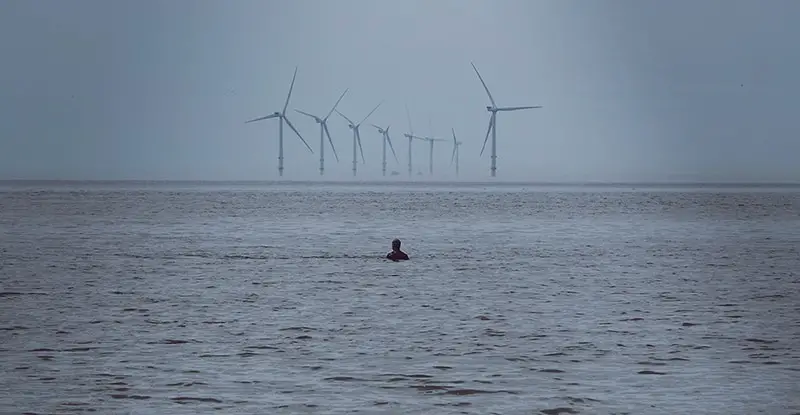Click here to get this post in PDF

It was only a few years ago that sustainable methods of producing energy were widely decried due to nefarious campaigns launched and maintained by the fossil fuels industry. These days, however, sustainable energy production methods like offshore wind farming are not only economically viable but immensely popular with broad swathes of modern societies which are trying to go greener. This means that we’re about to experience an explosion in offshore wind job offerings, but many industry experts and everyday people alike aren’t preparing themselves appropriately.
Here’s why we’re going to see a surge in offshore wind farm job openings, and why action must be taken now to prepare the economy and the workforce for this development.
The data doesn’t lie
There’s no lying when it comes to numbers, which is good news for proponents of offshore wind farming. Recent data indicates that the sustainable energy sector is going to undergo tremendous levels of growth in the next few years, with a specific focus on offshore wind farming growing more and more apparent to those who are paying attention. This is because offshore wind farming simultaneously provides a green method of energy production while also producing a slew of high-paying jobs.
According to data provided by the Department of Energy, wind energy is expected to support upwards of 600,000 jobs by 2050. That number could continue to inflate upwards in the near future as technological breakthroughs make wind farming even more effective and commercially appealing, too. The DoE isn’t alone, either, as the International Energy Association also claims that the global offshore wind market will soon explode into a $1 trillion marketplace by 2040.
The fossil fuel industry tried its best to strangle wind farming in its crib, but the truth of the matter is that this energy production method is far too profitable, sustainable, and likely to produce jobs to be easily thwarted. Nevertheless, a serious deficit in GWO training readiness could mitigate the continued growth of the global wind industry, as companies are likely to struggle when it comes to finding competent workers who possess the qualifications needed to start right away.
It’s thus imperative that both private businesses and state governments around the world prepare themselves for the future, as greater sums of investment are sorely needed in training regimes if a future workforce is to materialize. Those companies and governments which ignore the importance of wind-related training regimes will find themselves incapable of capitalizing on one of the most lucrative energy trends of the 21st century due to a lackluster workforce.
Creating the workforce of the future
Professionals in the wind industry have been preoccupied with getting the permits they need to operate in the first place, which is why it’s forgivable that they haven’t been focusing on cultivating the workforce of the future. Now that offshore wind farming is an established industry that doesn’t need to prove itself, however, industry insiders need to be re-orienting themselves towards creating the workforce of the future, as an inability to prepare workers for offshore wind work will deprive the industry of its profitable potential.
As one report from McKinsey demonstrates, scaling the US East Coast offshore wind industry to 2020 gigawatts and beyond will demand more workers than the population is currently ready to provide. This means that companies should be sponsoring scholarships in educational facilities across the nation to get youthful innovators interested in the offshore wind industry. It also means that governments should consider job training programs centered on the sustainable production of green energy.
With the perils of global climate change now apparent to anybody with eyes, the importance of green energy has been heightened to a new and unprecedented level. Nevertheless, a lack of a sizable workforce to depend upon could seriously jeopardize the well-being of the offshore wind industry in the United States and the world abroad. This isn’t a problem that can be tackled by the state or private actors alone; companies and governments must team up to inspire workers to join the offshore wind industry, and training regimes that provide for qualified employees must be expanded. For the sake of both environmental sustainability and commercial profitability, the offshore wind industry needs more workers.
You may also like: How to be an Environmental Consultant

[…] You may also like: An Explosion In Offshore Wind Jobs Is Coming […]